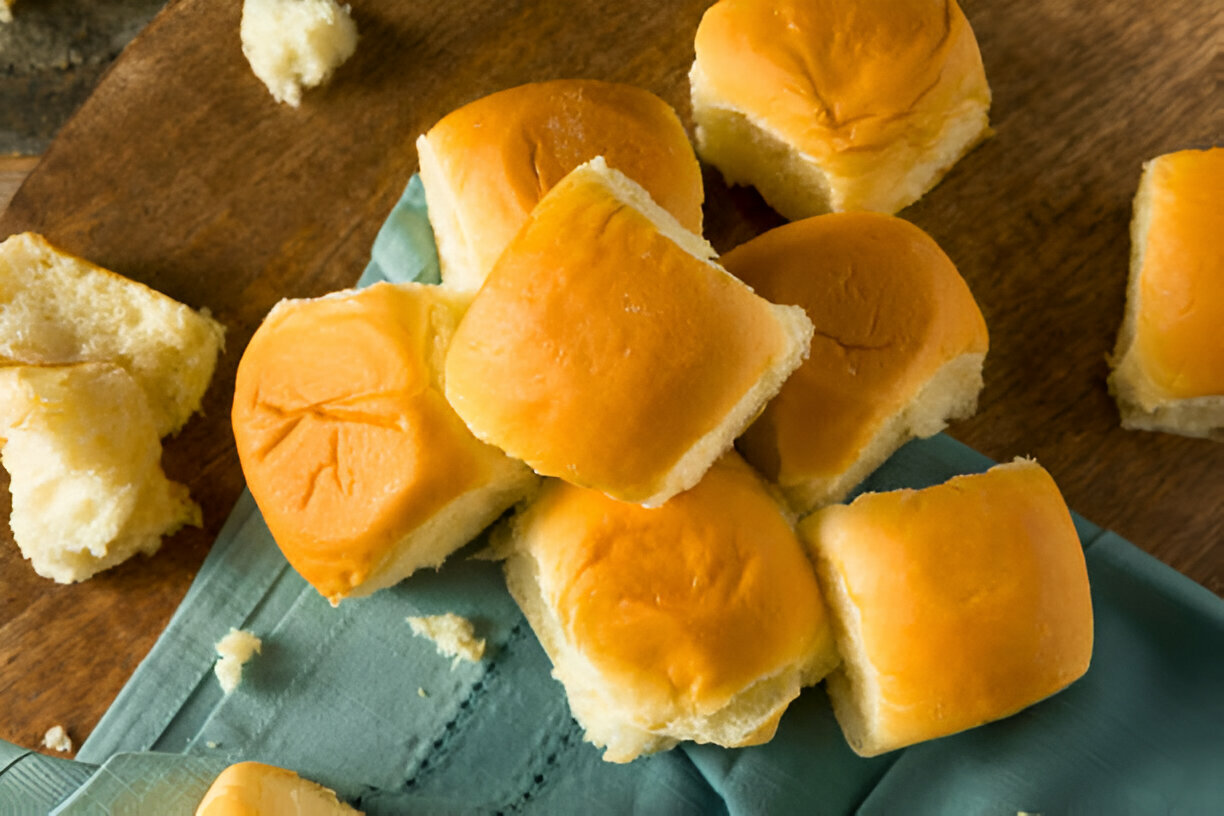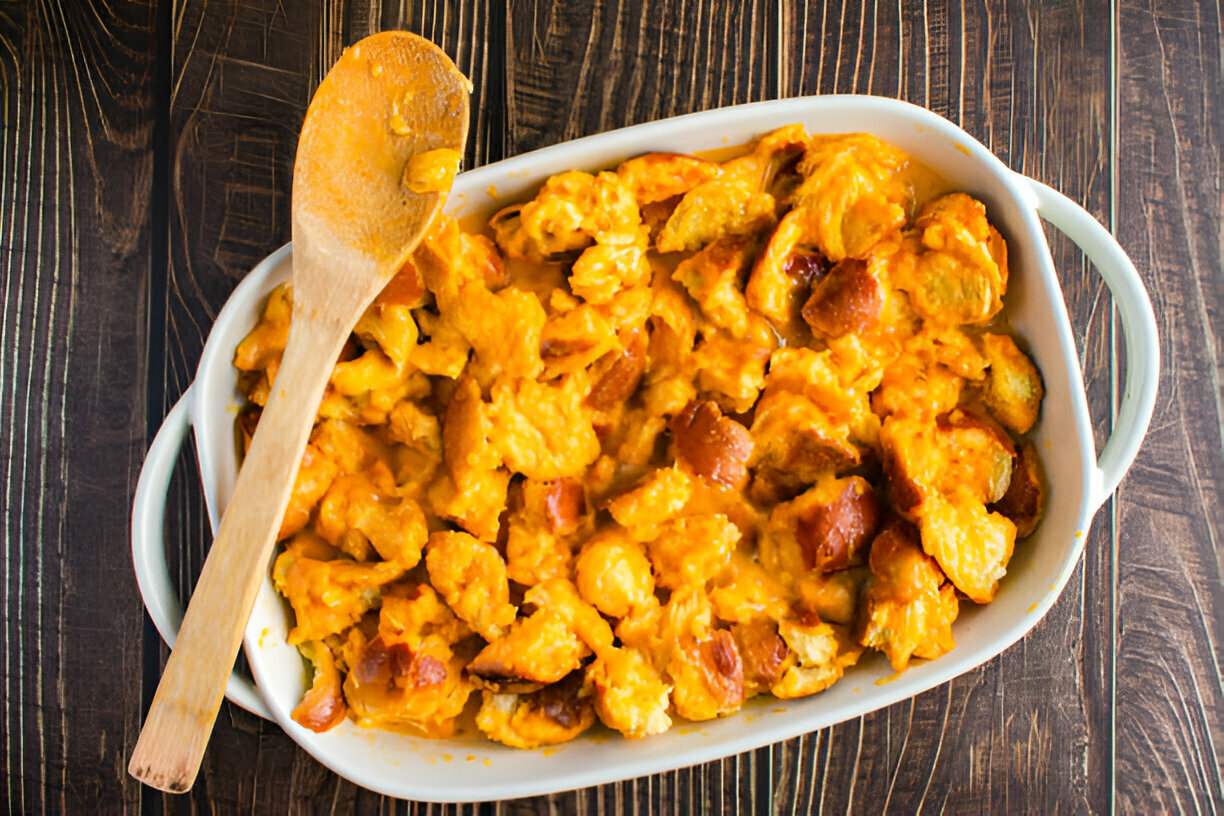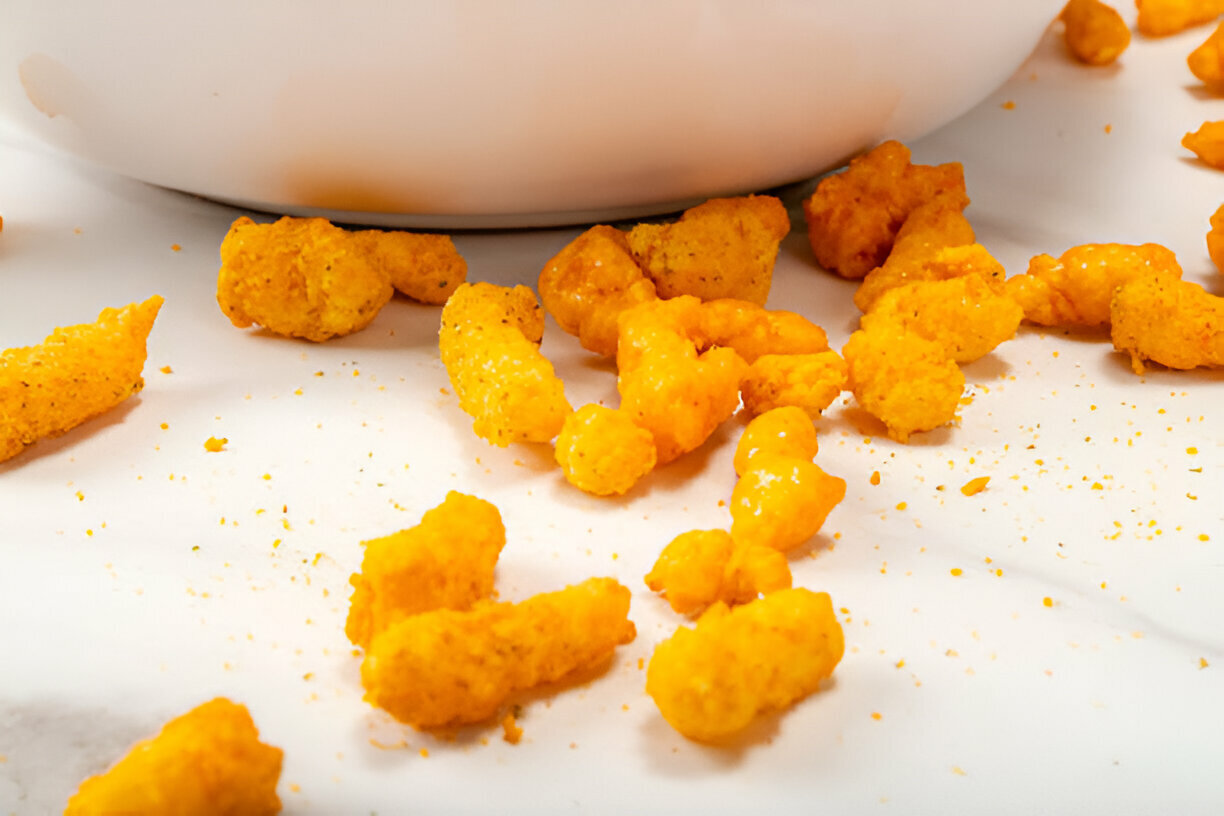Hummus is a creamy spread made from chickpeas аnd people love it everywhere . It first comes from Middle East but now it’s in tons of kitchens . You can use it like a dip , smеar it on bread or just eat it with veggies . Its smooth texture and nutty flavor made it super popular with health fans and foodies alike .
Besides tasting good , hummus is full of good stuff . It’s got protein from plants , lots of fiber and healthy fats so it’s better than junk snacks . It also has vitamins and minerals that help you stay fit and full . All these perks made hummus a go-to snack for people who want tasty but healthy food .
In this post i’ll show you how to make hummus step by step . I’ll give you a basic recipe and some fun twists to try . Even if you never cooked before , you can whip up this dish in no time . Let’s jump in and see how easy it is to make hummus at home !
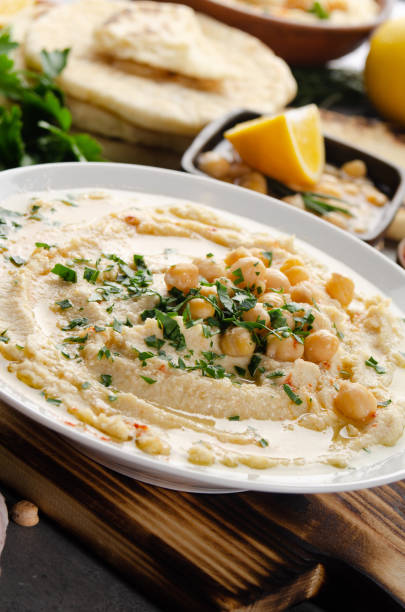
What is Hummus?
Hummus is a spread or dip made mostly from cooked chickpeas (also called garbanzo beans) mixed with tahini , olive oil , lemon juice and garlic . This creamy blend got loved not just because it tastes good , but also bc it’s super versatile in cooking . Hummus started in Middle East but now it’s a fave in many homes worldwide .
In Middle Eastern meals , hummus is more than just food . It’s part of a mezze plate with dishes like tabbouleh and baba ghanoush . People share it when they get together and it stands for community and welcoming guests . It’s kinda a symbol of their rich food traditions .
Some say people ate early versions of hummus back in the 1200s , others think it came later in the Levant region . No matter the exact start , hummus shows how foods travel and mix cultures . Today , it’s proof that simple ingredients can make something amazing .
Hummus Ingredients: The Basics
Here’s what you need to make basic hummus , plus some extras if you want to try different flavors .
Essential Ingredients
- Chickpeas (or garbanzo beans): main part that gives hummus its creamy feel and protein .
- Tahini: sesame seed paste that makes it nutty and rich .
- Olive oil: gives extra smoothness and a fruity kick .
- Lemon juice: adds zing and brightness .
- Garlic: packs a punch of flavor .
- Salt: ties all tastes together .
Optional Ingredients
- Spices: cumin , paprika or chili powder for extra flavor .
- Add-ins: roasted red peppers , fresh herbs or olives for twists .
- Variations: try black beans or beets for color and new tastes .
With these basics you’re set to make classic hummus , but you can add other stuff for fun changes .

Hummus Ingredients: The Basics
For yummy hummus , get these simple ingredients and maybe some extras to mix things up .
Essential Ingredients
- Chickpeas (or garbanzo beans): gives that creamy texture and protein punch .
- Tahini: rich sesame paste for nuttiness .
- Olive oil: smooths it out and adds flavor .
- Lemon juice: fresh acidity .
- Garlic: for depth and zing .
- Salt: balances it all .
Optional Ingredients
- Spices: cumin , paprika or chili powder .
- Add-ins: roasted peppers , herbs or olives .
- Variations: black beans or beets for color .
These items lay the groundwork , while extras let you play chef and mix up the flavor .
Step-by-Step Hummus Recipe
Ingredients List
- Main Ingredients
- 1 can (15 oz) of chickpeas
- ⅓ cup of tahini
- ¼ cup of extra virgin olive oil
- ¼ cup of fresh lemon juice
- 1-2 cloves of garlic (minced)
- ½ teaspoon of sea salt
- Optional Garnishes
- Paprika
- Olive oil drizzle
- Fresh parsley
Directions
- Prepare Chickpeas
Rinse and drain canned chickpeas well . If using dried ones , soak them overnight and then cook until soft . Once ready , set them aside for blending . - Blend Ingredients
In a food processor or blender , put in the chickpeas , tahini , lemon juice , minced garlic , and salt . Blend it until smooth and creamy . If it’s too thick , add cold water , a little at a time , until you get a good texture . Taste and tweak the flavors if you need more lemon or garlic . - Taste and Adjust
Give your hummus a taste . Want it tangier ? Add more lemon juice . Need more garlic kick ? Throw in extra minced or roasted garlic . Blend again just to mix it in . - Serve and Garnish
Spoon the hummus into a bowl . Drizzle some olive oil on top , sprinkle paprika , and add chopped parsley . Serve with pita , veggies , or chips for a tasty snack .
Tips for Perfect Hummus
To get the best hummus possible , think about these quick tips :
- Good Ingredients: Use fresh garlic and nice olive oil for better taste .
- Ice Water: Adding cold water while blending makes it extra smooth .
- Peel Chickpeas: Take off chickpea skins for a silkier hummus .
- Storage: Keep hummus in fridge in a tight lid jar ; it stays good for up to a week .
- Serving Ideas: Enjoy with veggies , pita , or crackers for dipping fun .
Variations on Classic Hummus
Try these twists if you wanna switch things up :
- Roasted Garlic Hummus: Swap fresh garlic for roasted bulbs for a sweeter taste .
- Spicy Hummus: Add cayenne or sriracha for some heat .
- Avocado Hummus: Mix in ripe avocado for creaminess and green look .
- Beet Hummus: Blend in cooked beets for bright color and light sweetness .
Nutritional Benefits of Hummus
Hummus isn’t just tasty ; it’s got loads of health perks :
- High Protein: Chickpeas pack protein , great for vegetarians and vegans .
- Lots of Fiber: Helps digestion and keeps you full .
- Healthy Fats: Olive oil and tahini give good fats for your heart .
- Vitamins & Minerals: Gives you iron , magnesium , and B vitamins .
- Homemade vs Store : Homemade hummus has no funky preservatives , so it’s healthier .
FAQs
- Can I make hummus without tahini ? Yes you can leave it out or use sunflower seed butter instead .
- How long does homemade hummus last in fridge ? Usually up to a week if you keep it in a sealed container .
- Can I freeze hummus ? Sure , freeze in an airtight box ; it stays good for about four months .
- Best way to reheat hummus ? It’s best cold ; but if you like it warm , heat it gently in microwave or on low stove .
- Use dried chickpeas ? Absolutely , soak them overnight and cook until soft before blending .
- Other dips like hummus ? Try baba ghanoush , tzatziki , or bean dips for more choices .
Conclusion
Hummus is a tasty and versatile dish with a cool history . It’s easy to make and you can try lots of flavors . Give it a go and make it yours !
Call to Action
If you dug this hummus guide , hit subscribe for more recipes and tips . Share your hummus pics with our hashtag and tell us how you like it !
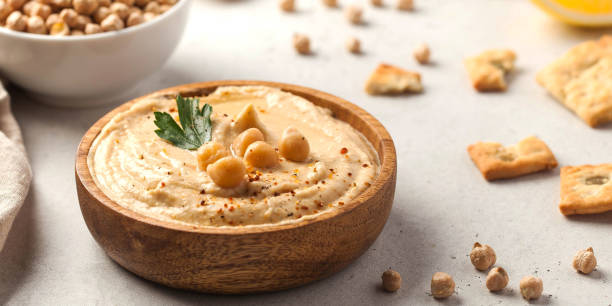
hummus recipe
Equipment
- 1 food processor or blender
- 1 measuring cups and spoons
- 1 spatula
- 1 serving bowl
Ingredients
- 1 can (15 oz) chickpeas drained and rinsed
- 3 tablespoons tahini
- 2 tablespoons olive oil plus more for drizzling
- 2 tablespoons lemon juice
- 1 clove garlic minced (can be roasted for more flavor)
- ½ teaspoon ground cumin
- to taste none salt
- 2-4 tablespoons water as needed
- optional none paprika or sumac for garnish
- optional none fresh parsley for garnish
Instructions
- In a food processor or blender, combine the drained chickpeas, tahini, olive oil, lemon juice, minced garlic, ground cumin, and a pinch of salt.
- Blend the ingredients until smooth. If the mixture is too thick, slowly add water, one tablespoon at a time, while blending until you reach your desired consistency.
- Taste the hummus and adjust the seasoning by adding more salt or lemon juice if desired.
- Transfer the hummus to a serving bowl. Drizzle with additional olive oil and sprinkle paprika or sumac on top for flavor.
- Garnish with fresh parsley if using, and serve with pita bread, vegetable sticks, or your choice of dippers.

